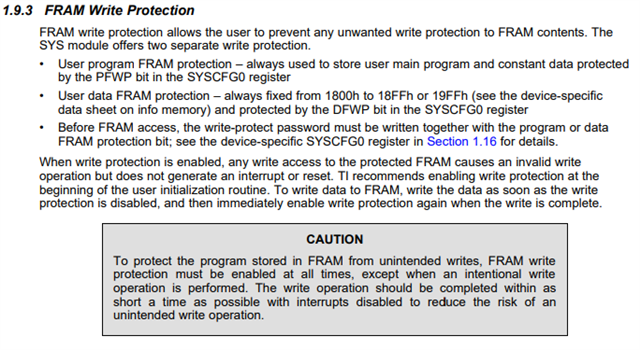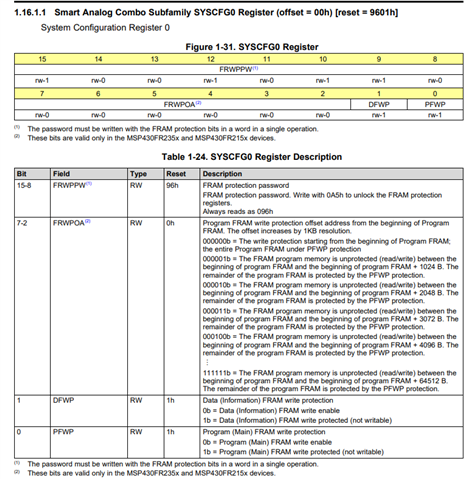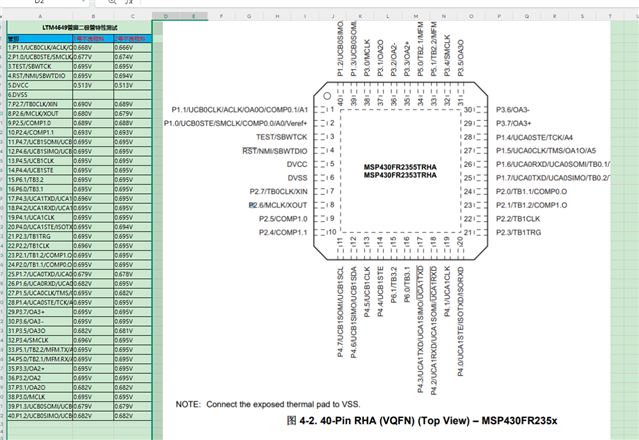Other Parts Discussed in Thread: UNIFLASH
Tool/software:
After selecting 'erase protected information memory' in the uniflash download software, you can write it once, but it doesn't work after finishing. Then repeat it a few times, even if you erase it now, you won't be able to operate it anymore。








 **Attention**
**Attention**